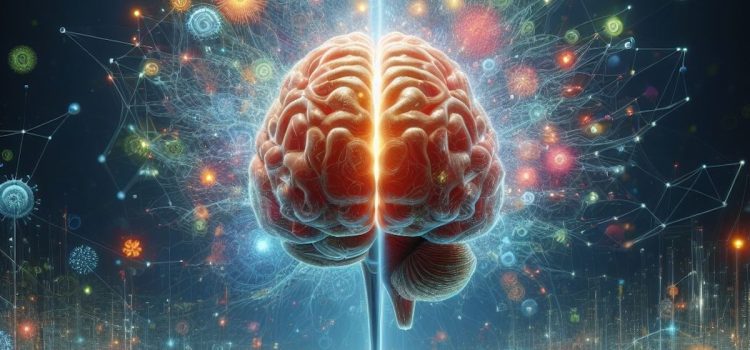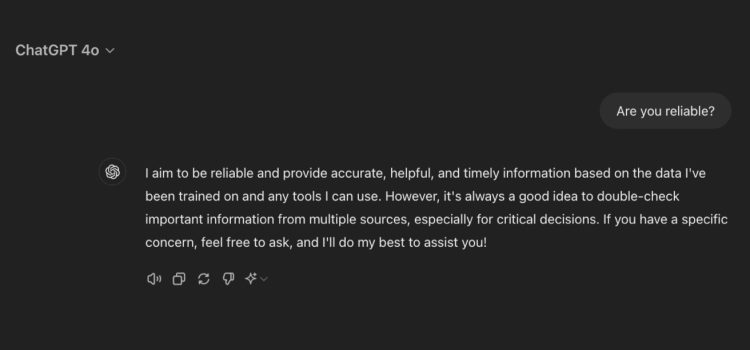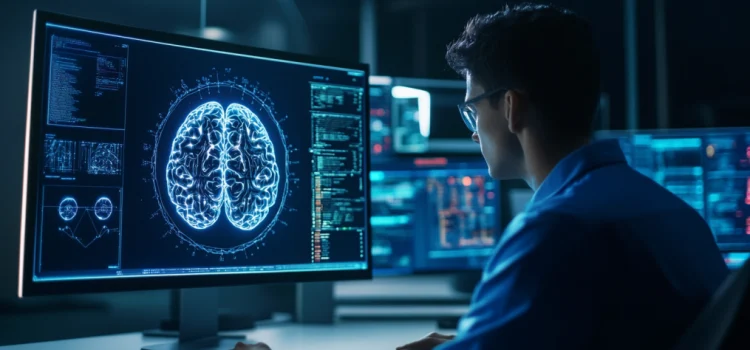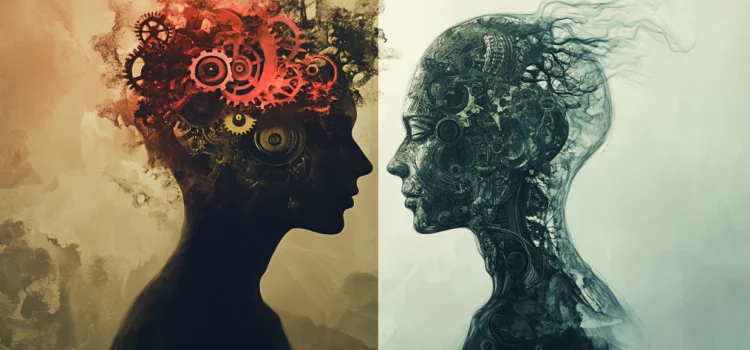How capable is artificial intelligence in understanding human language? Why do AI assistants sometimes struggle with seemingly simple requests? In their book Rebooting AI, Gary Marcus and Ernest Davis explore artificial intelligence and language. They argue that current AI systems, despite their impressive capabilities, lack a true understanding of human communication. Read on to discover why your favorite AI assistant might not be as smart as you think and what it means for the future of human-machine interaction.
Artificial Intelligence and Language: Can AI Truly Understand Us?










